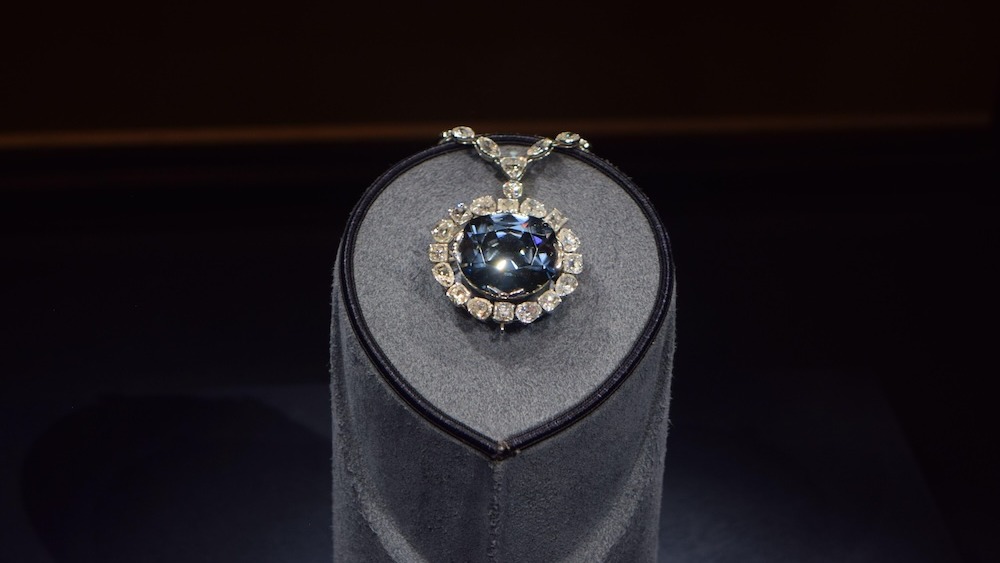
Name: Hope Diamond
What it is: A 45.52-carat brilliant blue diamond
Where it was found: It was long believed that the diamond was extracted from the Kollur Mine in Guntur, India. However, new evidence has revealed that it, along with other Golconda diamonds, may have come from the Wajrakarur kimberlite field in Andhra Pradesh, located about 186 miles (300 kilometers) from where they were mined.
What is its value: The diamond is worth more than $250 million, according to the Chicago Diamond Buyer.
What it tells us about the past:
The stone itself has changed hands numerous times since its discovery in the 17th century. It was supposedly purchased by Jean-Baptiste Tavernier, a French gem merchant, in its uncut form. Over the years, the piece has also been owned and modified by royalty, including Louis XIV (Louis the Great), and jewelers, including Harry Winston of New York City, who later donated it to the Smithsonian Institution in Washington, D.C. in 1958, according to the Smithsonian.
It's been said that the diamond is cursed and that Tavernier never actually bought the stone, but rather — in an example of archaeological looting — he allegedly stole it off of a Hindu statue at an Indian temple. Once the temple’s elders discovered the diamond was missing, they are said to have put a curse on whoever was in possession of the item, according to the Cape Town Diamond Museum in South Africa. Over the years, many who owned the diamond supposedly fell under the curse's spell and led to unexpected deaths and misfortunes. Louis XIV and Marie Antoinette were just two of the curse’s supposed victims. In 1839, the diamond was acquired by a precious gems collector named Henry Philip Hope, for whom the diamond is now named.
Related: Gilgamesh flood tablet: A 2,600-year-old text that's eerily similar to the story of Noah's Ark
Today, the diamond pendant is ringed by 16 white diamonds and is affixed to a chain decorated with 45 white diamonds, according to the Smithsonian. Despite its similarity to another fictional diamond — the Heart of the Ocean, worn by Kate Winslet's character Rose DeWitt Bukater in the 1997 movie "Titanic" — the Hope Diamond never sailed on the fateful ship.
It's currently held at the Smithsonian's National Museum of Natural History in Washington, D.C.







